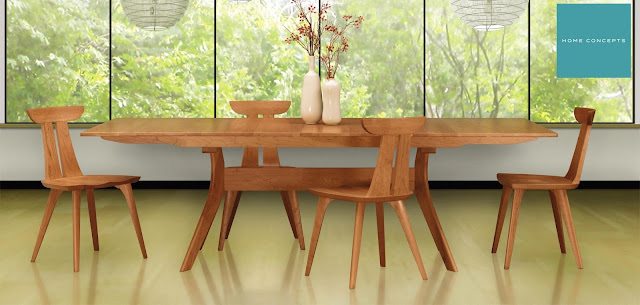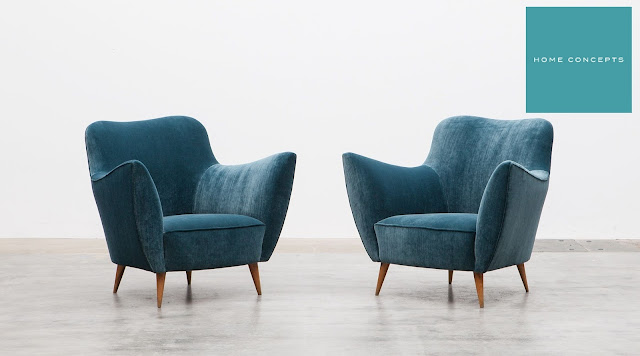Choosing the Perfect Dining Table: A Comprehensive Guide
A dining table is more than just a piece of furniture; it's the centrepiece of your dining area, where meals are shared, stories are told, and memories are made. Selecting the right dining table involves considering several key factors to ensure it meets both functional and aesthetic needs.
Whether you're furnishing a new home or looking to upgrade your current dining space, this guide will help you navigate the myriad Custom hardwood dining table options available.
Understanding Different Types of Dining Tables
Dining tables come in various shapes, sizes, materials, and styles. The choice depends largely on your personal taste, space constraints, and the overall décor of your home.
Rectangular Dining Tables:
These are the most common and versatile options, suitable for both small and large dining rooms. They provide ample seating and work well for families or households that frequently entertain guests.Round Dining Tables:
Ideal for smaller spaces or intimate gatherings, round tables promote conversation and create a cosy dining atmosphere. They also eliminate sharp corners, making them safer for households with children.Square Dining Tables:
These tables are a modern alternative to rectangular ones and are perfect for smaller groups. They can create a more intimate dining experience and fit well in square-shaped rooms.Extension Dining Tables:
Designed for flexibility, extension tables can be expanded to accommodate extra guests when needed. They are great for those who host occasional large gatherings but want to save space on a day-to-day basis.
Choosing the Right Size
The size of your custom dining tables should be proportional to the size of your dining area and the number of people you expect to seat regularly. Here's a general guideline:
Rectangular Tables:
Allow at least 24 inches of width per person to comfortably dine. For example, a table that is 72 inches long can typically seat six people.Round Tables:
A diameter of 48 inches can comfortably seat four to six people, while larger tables (60 inches or more) can accommodate up to eight.Square Tables:
Aim for a width of at least 36 inches per person. A 36-inch square table can seat four people comfortably.
Materials and Durability
Dining tables are crafted from a variety of materials, each offering unique hardwood dining table aesthetics and durability:
Wood:
Timeless and durable, wood tables are available in a range of finishes such as oak, walnut, and maple. Hardwoods like oak and mahogany are particularly sturdy and can withstand daily use.Glass:
Glass tables create a modern and airy look. They are easy to clean but may require more maintenance to keep fingerprints and smudges at bay.Metal:
Tables with metal frames or accents are stylish and often more lightweight than wood or glass. Look for custom dining tables with powder-coated finishes to prevent rust and scratches.Marble or Stone:
These tables exude luxury and elegance. While durable, they require regular maintenance to prevent staining and scratching.
Matching Your Dining Table to Your Décor
Consider the existing décor of your dining area when selecting a table:
Traditional Style:
Opt for tables with intricate detailing and rich finishes like cherry or mahogany.Modern Style:
Choose tables with clean lines, minimalist designs, and materials like glass or sleek metals.Rustic Style:
Embrace natural materials such as reclaimed wood or distressed finishes.
Budget Considerations
Dining tables range widely in price depending on size, material, and craftsmanship. Set a budget early on and prioritise quality over price whenever possible, as a well-made dining table can last for generations.
Maintenance Tips
To extend the lifespan of your dining table:
Regular Cleaning:
Use a soft cloth and mild soap to clean surfaces. Avoid abrasive cleaners that can damage finishes.Protection:
Use placemats, coasters, and tablecloths to protect against spills, heat, and scratches.Avoid Direct Sunlight:
Prolonged exposure to sunlight can fade wood finishes and damage other materials.
Final Words
Choosing the perfect hardwood dining table involves careful consideration of size, shape, material, and style to complement your dining space and lifestyle. By understanding these factors and evaluating your specific needs, you can make an informed decision that enhances both the functionality and aesthetic appeal of your home.
Whether you prefer the classic elegance of wood or the contemporary allure of glass, your dining table should reflect your personal style while serving as a gathering place for cherished moments with family and friends.
.jpg)



Comments
Post a Comment